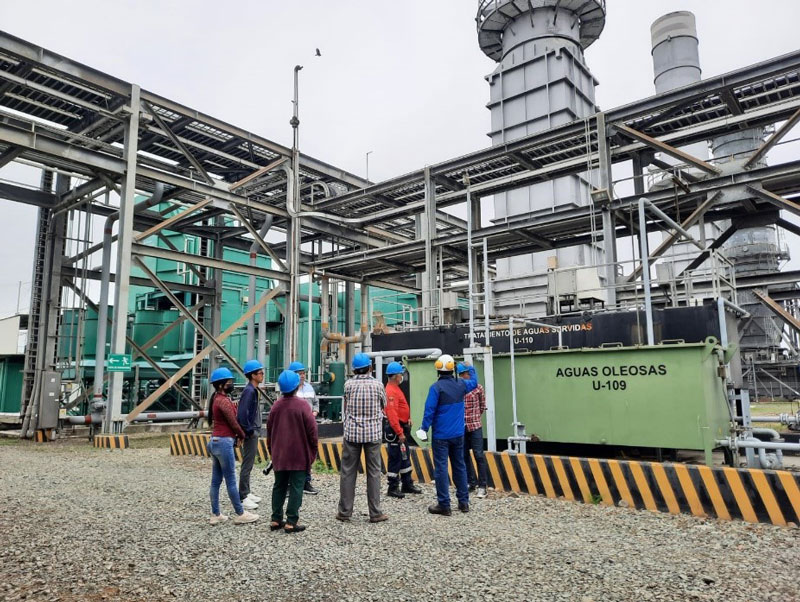Cuenca is safe from the direct effects of a Cotopaxi eruption, geologist says
A retired U.S. geology professor who spends part of the year in Cuenca, says the city will feel no direct effects if the Cotopaxi volcano erupts. George Lassiter, who conducted field studies of Ecuador’s volcanoes when he was an adjunct professor at the University of Colorado in the 1990s, says Cuenca is “located in a good place.”

Cuenca’s ash fall from Tungarahua in Feb. 2104 was a light dusting. This is what the ash looked like on a highway near the volcano.
On the other hand, Lassiter says an eruption could have a devastating impact on areas close to the volcano.
“Cuenca is out of range of any of the country’s volcanoes,” he said. “It also has the good fortune, speaking geologically, to be in a less active earthquake zone than most of the rest of the country.”
The danger zone for volcanoes, says Lassister, is from the central highlands, just south of Ambato, to the Colombian border. “In recent geologic time, almost everywhere in that region has been directly affected by volcanic eruptions and the forces that caused them are still present.”
Lassister was in Cuenca in February 2014, when the city woke up to a light coating of ash from the Tungarahua volcano near Ambato (click here to read the article). “That was very rare since the prevailing winds don’t usually blow in this direction, but that’s about as bad as it can get in Cuenca, even if there’s a major eruption,” he said. “Cotopaxi is further north than Tungarahua so I think it’s even less likely that we’d get ash fall.”
Lassiter says Cotopaxi is a very dangerous volcano. “The benchmark is the 1877 eruption which was big. One like that, given the population growth since then, would have extreme results.”
For comparison purposes, Lassister said the 1877 eruption produced two to three times more outflow (pyroclastic and lava flows, and lahars) than the 1980 eruption of Mount Saint Helens, in Washington state, U.S. “That was the largest one in recorded history in the lower 48 U.S. states and it had enormous environmental effects on forests, rivers and wildlife. Cotopaxi could be bigger.”
“My most sincere hope is that the activity will die down but, from the evidence available, this will probably not happen. My fallback hope is that it’s a minor eruption, like the ones in the 1940s.”
Lassister praised the work of Ecuador’s Geophysical Institute. “The head guy there is Mario Ruiz and he’s an excellent scientist with an excellent staff. I’m sure he’s giving the civil defense people the best information available.”
Cuenca could experience some indirect effects of an eruption, Lassister said. “Air traffic would be suspended, possibly for an extended period of time,” he said. “When Tungarahua blew in 1999, all the airports in the country were closed for a week or two.”


















